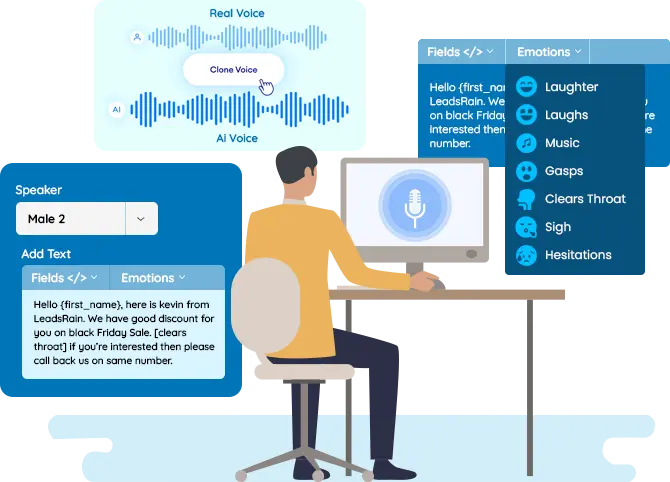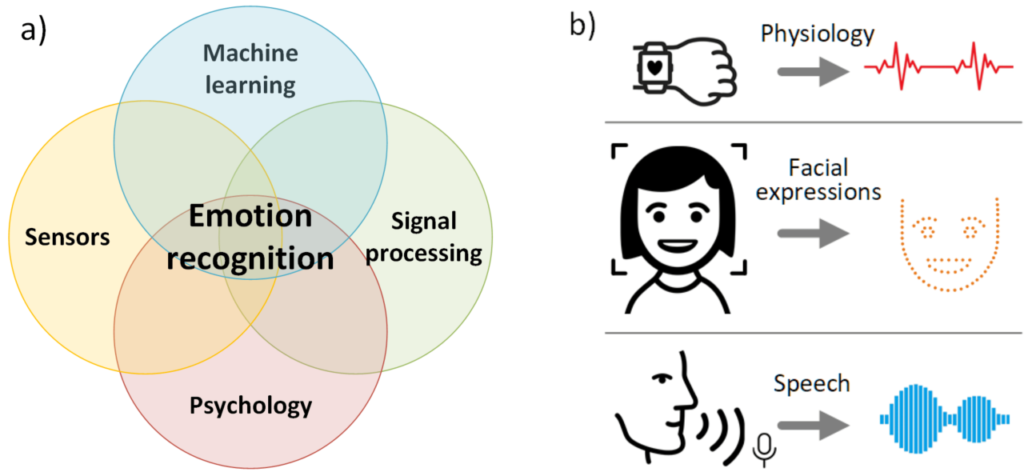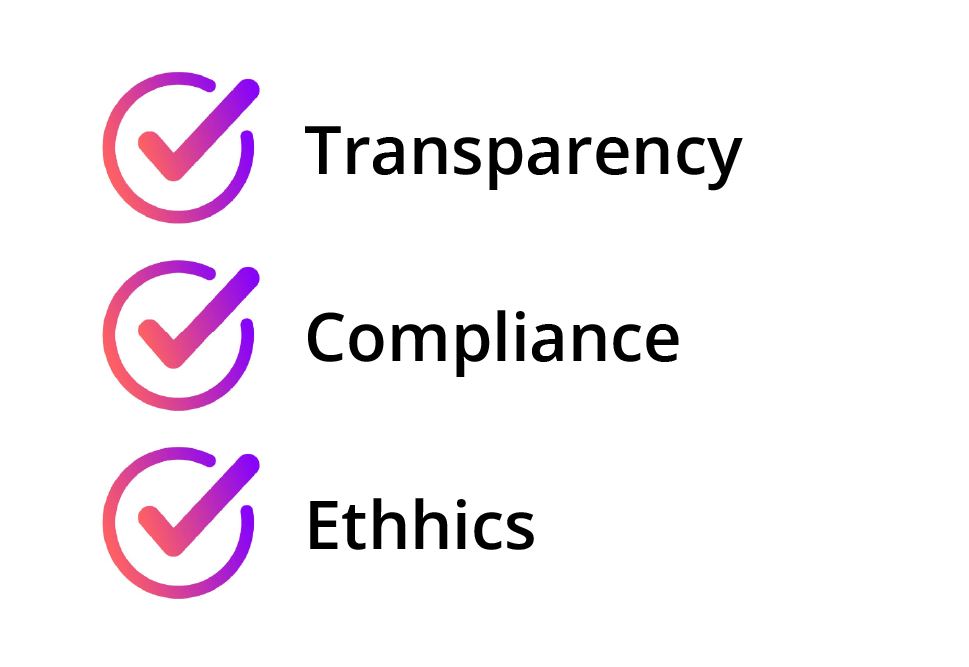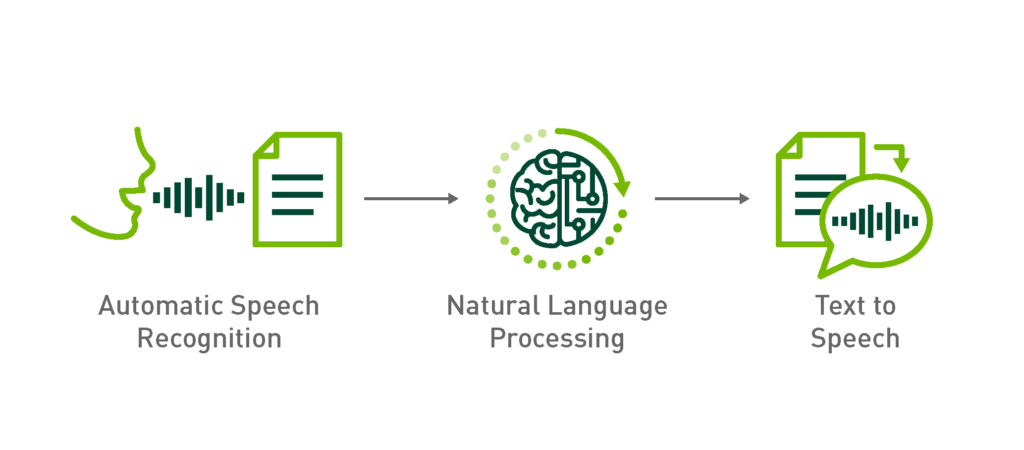Artificial Intelligence (AI) is transforming how businesses engage with customers, and ringless voicemail (RVM) is no exception. Traditionally used for marketing, customer service, and appointment reminders, RVM has evolved with AI to become a highly intelligent and personalized communication tool.
By leveraging predictive analytics, natural language processing (NLP), automation, and machine learning, AI-powered RVM allows businesses to deliver messages at the right time, to the right people, with the right tone—all while maintaining a non-intrusive approach.
In this article, we’ll explore how AI is revolutionizing RVM, the benefits of AI-driven messaging, and how businesses can use smarter outreach strategies to boost engagement and conversions.
AI-Powered Personalization: Tailoring Messages for Maximum Impact
One of the biggest advantages of AI in RVM is its ability to personalize messages based on customer data and behavior.
How AI Enhances Personalization
- Dynamic Content Customization – AI analyzes customer demographics, purchase history, and engagement patterns to create highly personalized voicemails.
- Adaptive Messaging – Based on customer responses (or lack of response), AI can adjust follow-up messages to increase the likelihood of engagement.
- Voice Cloning & Natural Tones – AI-powered voice synthesis allows brands to send messages in natural, human-like voices, enhancing credibility and warmth.
Example Use Case
A retail brand using AI-driven RVM might send:
“Hey [Name], we noticed you left a few items in your cart last week. As a valued customer, we’re offering you a 10% discount if you complete your purchase today! Visit [Website] before midnight to claim your deal.”
This feels personal and creates a sense of urgency, increasing the chances of conversion.

Predictive Messaging: Reaching Customers at the Right Time
AI-powered RVM doesn’t just send messages—it determines when to send them for the highest engagement rates.
How AI Uses Predictive Analytics for Timing
- Analyzing Customer Behavior – AI studies when customers are most likely to check voicemails and responds accordingly.
- Optimizing Delivery Windows – Machine learning detects peak response times based on past interactions and delivers messages at the most effective moment.
- A/B Testing for Timing – AI continuously refines the best time slots by testing different delivery schedules and adjusting in real time.
Example Use Case
A healthcare provider might use AI to send appointment reminders when patients are most active on their phones, ensuring higher response rates.
“Hi [Name], just a friendly reminder about your appointment with Dr. Smith tomorrow at 10 AM. Press 1 to confirm or call us at [Phone Number] to reschedule.”
Since predictive AI optimizes the timing, the message reaches the recipient when they are most likely to engage.
AI-Driven Response Analysis: Understanding Customer Reactions
AI doesn’t just send messages—it analyzes recipient behavior and refines future outreach strategies.
How AI Interprets Responses
- Sentiment Analysis – AI detects tone and word choice in customer responses (via text or call-back) to measure engagement and satisfaction.
- Engagement Scoring – AI assigns scores based on whether customers listen, respond, or ignore voicemails.
- Behavior-Based Follow-Ups – AI can automatically adjust messaging for those who ignore or engage with previous voicemails.
Example Use Case
A nonprofit could use AI to track which donors respond positively to fundraising voicemails and adjust future outreach accordingly:
“Hi [Name], we appreciate your past support for [Charity Name]. We’d love to share how your donation has made a difference! Call us back or visit [Website] to learn more.”
If a donor ignores multiple messages, AI could reduce message frequency or test alternative messaging styles.

AI-Generated Voice Messages: Human-Like, Scalable, and Cost-Effective
Previously, pre-recorded voicemails sounded robotic or required expensive human recordings. AI now allows businesses to generate natural, human-like messages at scale.
Benefits of AI Voice Generation
- Scalability – AI can create thousands of personalized voicemails without needing manual recordings.
- Consistency – Ensures the same tone and clarity across all messages.
- Localization & Accents – AI can adjust accents and languages based on the recipient’s location or preference.
Example Use Case
A bank could use AI-generated voices to provide personalized loan reminders in multiple languages:
“Hola [Name], tu pago de préstamo vence en 3 días. Llámanos al [Número] para cualquier consulta.”
This reduces operational costs while maintaining high-quality, engaging communication.

AI in Compliance & Fraud Prevention
With increasing regulations on telemarketing and voicemail campaigns, AI helps businesses stay compliant and prevent fraudulent activity.
How AI Enhances Compliance & Security
- Do Not Call (DNC) List Filtering – AI cross-references databases to avoid sending voicemails to restricted numbers.
- Automated Consent Management – AI tracks opt-in and opt-out preferences to ensure legal compliance.
- Fraud Detection – AI can flag suspicious activities or high-risk customer interactions.
Example Use Case
A financial institution could use AI-driven RVM to prevent fraud:
“Hi [Name], we detected unusual activity on your account. Please call [Bank Name] at [Phone Number] to verify your recent transactions.”
AI ensures messages are sent only to verified users, reducing scam risks.
Integrating AI-Driven RVM with Other Digital Channels
AI-powered RVM doesn’t work in isolation—it integrates with other digital communication channels to create a seamless experience.
How AI Connects RVM to Other Channels
- Omnichannel Messaging – AI synchronizes RVM with email, SMS, and chatbots for a unified experience.
- Cross-Channel Data Insights – AI analyzes engagement across platforms to refine messaging strategies.
- Automated Workflows – AI can trigger follow-up emails or SMS based on voicemail interactions.
Example Use Case
A real estate agency might combine AI-powered RVM with SMS and email:
- Ringless Voicemail: “Hi [Name], we have a new property that matches your preferences. Check your email for details!”
- Email Follow-Up: Sends listing details and scheduling options.
- SMS Reminder: “Did you see the email about the [Property Name]? Let us know if you’re interested!”
This multi-touch approach increases engagement rates and improves conversion.

AI-Powered A/B Testing: Optimizing Voicemail Campaigns for Better Results
AI enables businesses to run automated A/B tests to determine which voicemail scripts, tones, and delivery times generate the best response rates.
How AI Enhances A/B Testing
- Automated Variation Testing – AI can test multiple versions of a voicemail message and analyze performance in real time.
- Data-Driven Adjustments – AI adapts messaging based on past campaign success rates, optimizing future voicemails.
- Behavioral Insights – AI tracks customer reactions and engagement patterns, helping refine messaging strategies.
Example Use Case
An e-commerce company might test two voicemail approaches for abandoned cart reminders:
- Version A: “Hey [Name], we saved your cart! Complete your purchase now and enjoy free shipping.”
- Version B: “Hi [Name], a little reminder: your favorite items are still in your cart! Checkout now to secure them before they sell out.”
AI analyzes which version generates more conversions and refines future messages accordingly.
AI-Driven Voice Sentiment Adaptation: Adjusting Tone Based on Customer Profiles
AI-powered RVM can adjust tone, pace, and messaging style based on customer sentiment and engagement history.
How AI Adapts Voicemail Tone
- Recognizing Customer Preferences – AI assesses whether a recipient prefers formal or casual communication.
- Adjusting Tone Dynamically – AI fine-tunes speed, warmth, and urgency based on past interactions.
- Emotion-Based Messaging – AI detects whether customers respond better to empathetic, informative, or energetic tones.
Example Use Case
A debt collection agency using AI-powered voicemails can adjust tone based on customer history:
- For engaged customers – “Hi [Name], we appreciate your past payments. This is a friendly reminder that your next due date is [Date]. Reach out if you need assistance!”
- For overdue accounts – “Hi [Name], we understand financial situations can be tough. Let’s work together on a flexible repayment plan. Call us at [Number] to discuss options.”
AI ensures the right tone is used, making messages more relatable and effective.

AI-Powered Multi-Language Voicemail Delivery
With global audiences, AI-driven RVM can automatically translate and localize messages for different languages and regions.
How AI Enhances Multi-Language Messaging
- Automated Language Detection – AI detects a customer’s preferred language from past interactions.
- Voice Accent Customization – AI-generated voices match regional accents for authenticity.
- Cultural Adaptation – AI modifies messaging to align with cultural preferences and communication norms.
Example Use Case
A travel agency might send AI-powered voicemails in different languages:
- English: “Hi [Name], your flight to Paris is confirmed for [Date]. Safe travels!”
- Spanish: “Hola [Name], tu vuelo a París está confirmado para [Fecha]. ¡Buen viaje!”
- French: “Bonjour [Name], votre vol pour Paris est confirmé pour le [Date]. Bon voyage!”
This personalized approach enhances customer satisfaction and engagement.
AI-Powered Call Routing: Turning Voicemails into Instant Conversions
AI doesn’t just deliver voicemails—it automatically routes responses to the right department or agent, improving customer experience.
How AI Enhances Call Routing
- Keyword-Based Transfers – AI detects keywords in voicemail responses and routes calls accordingly.
- Priority Scoring – AI prioritizes high-value customers and urgent issues for immediate follow-ups.
- Seamless CRM Integration – AI links voicemail responses with CRM systems, automating lead assignment and tracking.
Example Use Case
A financial services company can use AI to prioritize customer inquiries:
- “I want to apply for a loan” → AI routes the call to the sales team.
- “I have a billing issue” → AI directs the caller to customer support.
- “I’m interested in upgrading my account” → AI assigns a premium service representative.
This eliminates delays and ensures efficient customer handling, boosting satisfaction and sales conversions.
AI-Driven Personalization: Creating Highly Targeted Ringless Voicemail Campaigns
AI technology is transforming personalization by enabling businesses to send customized voicemails that speak directly to individual preferences and needs.
How AI Powers Personalization
- Behavioral Insights – AI analyzes customer behavior, purchase history, and engagement patterns to deliver hyper-targeted messages.
- Dynamic Messaging – AI dynamically generates voicemails that include the recipient’s name, purchase history, or even product recommendations based on their interests.
- Personalized Timing – AI determines the optimal time to send messages based on when recipients are most likely to listen, increasing the chances of engagement.
Example Use Case
A fashion retailer uses AI to send personalized voicemails to customers:
- Message: “Hi [Name], we noticed you’ve been browsing our new spring collection! Your favorite [Item Name] is back in stock—order now for a 10% discount!”
- AI’s Role: The AI customizes the message with specific items that the customer has shown interest in, creating a tailored and relevant experience.
Personalized ringless voicemails are far more engaging and effective than generic ones because they show customers that the business understands and values them.

Predictive AI for Enhanced Customer Engagement with Ringless Voicemail
AI is revolutionizing customer engagement by using predictive analytics to forecast when and how customers are most likely to respond, enabling businesses to maximize the effectiveness of their voicemail campaigns.
How Predictive AI Enhances Engagement
- Predictive Response Timing – AI analyzes past behavior and identifies the best times to send voicemails, ensuring they reach customers at peak engagement times.
- Message Optimization – AI predicts the type of messaging that will resonate best with individual customers based on their engagement history.
- Proactive Outreach – AI anticipates customer needs and schedules voicemails based on trigger events like abandoned carts, subscription renewals, or upcoming service dates.
Example Use Case
A software company might use predictive AI to maximize the chances of customers renewing their subscriptions:
- Message: “Hi [Name], your subscription is about to expire in 3 days. Renew now to keep enjoying [Benefit]!”
- AI’s Role: The AI detects renewal patterns and ensures the voicemail is sent at a time when the customer is most likely to act (e.g., after a positive interaction with the product).
This predictive engagement increases both customer satisfaction and conversions by aligning communication with customer behavior.
AI-Driven Feedback and Data Collection via Ringless Voicemail
AI can optimize feedback collection and surveys through ringless voicemail by crafting tailored, conversational messages and processing responses in real time.
How AI Facilitates Feedback and Data Collection
- Voice-to-Text Capabilities – AI can transcribe voicemail responses and analyze the sentiment or keyword usage to gather actionable data.
- Follow-Up Automation – Based on customer responses, AI can automatically schedule follow-up voicemails or emails to further engage customers.
- Real-Time Data Processing – AI processes responses in real-time and can adjust future campaigns based on feedback received, allowing for more agile and dynamic strategies.
Example Use Case
A restaurant chain might use AI-powered ringless voicemail to conduct a customer satisfaction survey:
- Message: “Hi [Name], thank you for dining with us! We’d love to hear about your experience. Please reply to this voicemail with any thoughts or suggestions.”
- AI’s Role: AI transcribes the responses and categorizes feedback (e.g., food quality, service speed) for further action.
This feedback loop helps businesses improve customer service and products while ensuring responses are captured and processed quickly.
The Future of AI-Driven Ringless Voicemail
AI is transforming ringless voicemail into a smarter, more efficient, and highly personalized tool for customer engagement. By integrating predictive analytics, NLP, sentiment analysis, and automation, businesses can reach customers at the right time, with the right message, in the right way.
As AI technology evolves, we can expect even more advanced capabilities, including real-time conversational AI, hyper-personalization, and seamless omnichannel integration.
For businesses looking to stay ahead in customer outreach, adopting AI-powered RVM isn’t just an option—it’s the future of smart communication.
